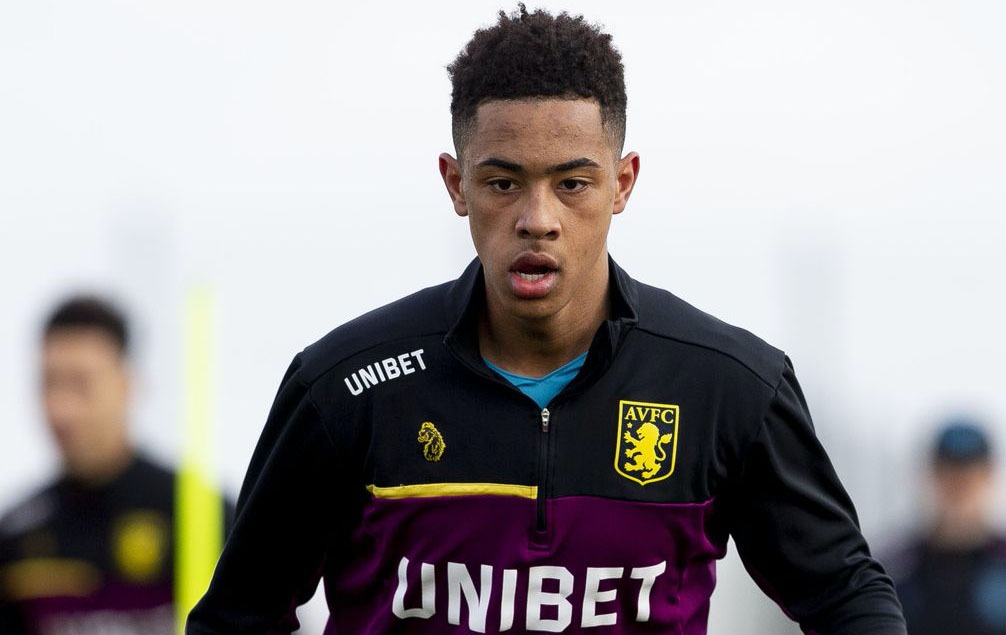Watching Axel Tuanzebe pocket one of the best-attacking players in the world on Tuesday night at the Parc de Princes in Paris, the mind wandered to what more Villa could have done to keep the young defender.
Composed, powerful and assured in his season and a half with Villa, there were well-documented efforts to sign Tuanzebe in last summer’s transfer window; efforts that were swiftly rebuffed by his parent club. In recent history, the situation has repeated itself time and again, with Tammy Abraham, Robert Snodgrass and Sam Johnstone not making the permanent move to Villa Park. Can Villa avoid adding Ross Barkley to that list?
Loan deals are always a tricky business for the loaning club. Essentially the parent club loaning out a player is aiming to inflate the value of the player in question; creating a potential lose-lose scenario for the loaning club. If he does well, the player’s price will inflate hugely, as it did with Tyrone Mings, and often this price becomes out of the reach of the loaning team (see Tammy Abraham). Alternatively, if the player performs poorly, the loan is deemed a failure and the parent club has no interest in bringing that player back (e.g. Danny Drinkwater). A tricky situation and one that’s hard to juggle as the loaning team.
In terms of loaning out players, Villa have had a mixture of successes over recent years. Jacob Ramsey’s loan to Doncaster last year is the perfect example of a player proving himself at a lower league club and coming back ready to make an impact in the first team. Ramsey scored 3 goals in 7 games before the League One season was halted.

But Villa has found it difficult to shift fringe players and big earners out on loan too. The contracts of Jota and Orjan Nyland were cancelled outright, whereas Henri Lansbury, Lovre Kalinic and Fredric Guilbert have decided to stay put, even with little to no playing time on the horizon. Director of Football Johan Lange would surely have been hoping a club would move for these players, subsidising a few lofty salaries in the process, freeing up resources to be deployed elsewhere.
Villa burnt by the market
Whilst Villa having been burnt by the loan market before, Dean Smith confirmed on Wednesday that no talks had taken place with Chelsea for the permanent transfer of Barkley.
Smith said, “It’s nothing that has been talked about, our discussions were only for the end of the season.” Barkley’s short term loan, with no option-to-buy, combined with Manchester City inserting a buy-back clause into the agreement to sell Douglas Luiz last summer, leaves Villa with the prospect of losing two out of three players in a midfield that has rapidly become one of the best in the division.
A figure of £40 million has been bandied around as the cost of a permanent transfer for Barkley, a fee that would make him Villa’s record signing. However with the Midfielders recent performances, that figure will already be rising, potentially pricing Villa out of a deal.
The last three seasons have shown that Villa have the nous and capability to use the loan market to their advantage, often spotting opportunities and being able to lure players from bigger teams to the club. But it’s whether they can keep their key loan players permanently, and inflate the value of their own fringe players through the loan market, that needs to be a key change going forward.
But with the way things are going so far this season, if Ross Barkley does want to be a regular starter for a title-challenging, Champions League team…then he might just have to stick around.
The post How can Villa better use the loan system (and not let the system use them)? appeared first on AVFC – Avillafan.com – Aston Villa Fansite, Blog, & Forum...
